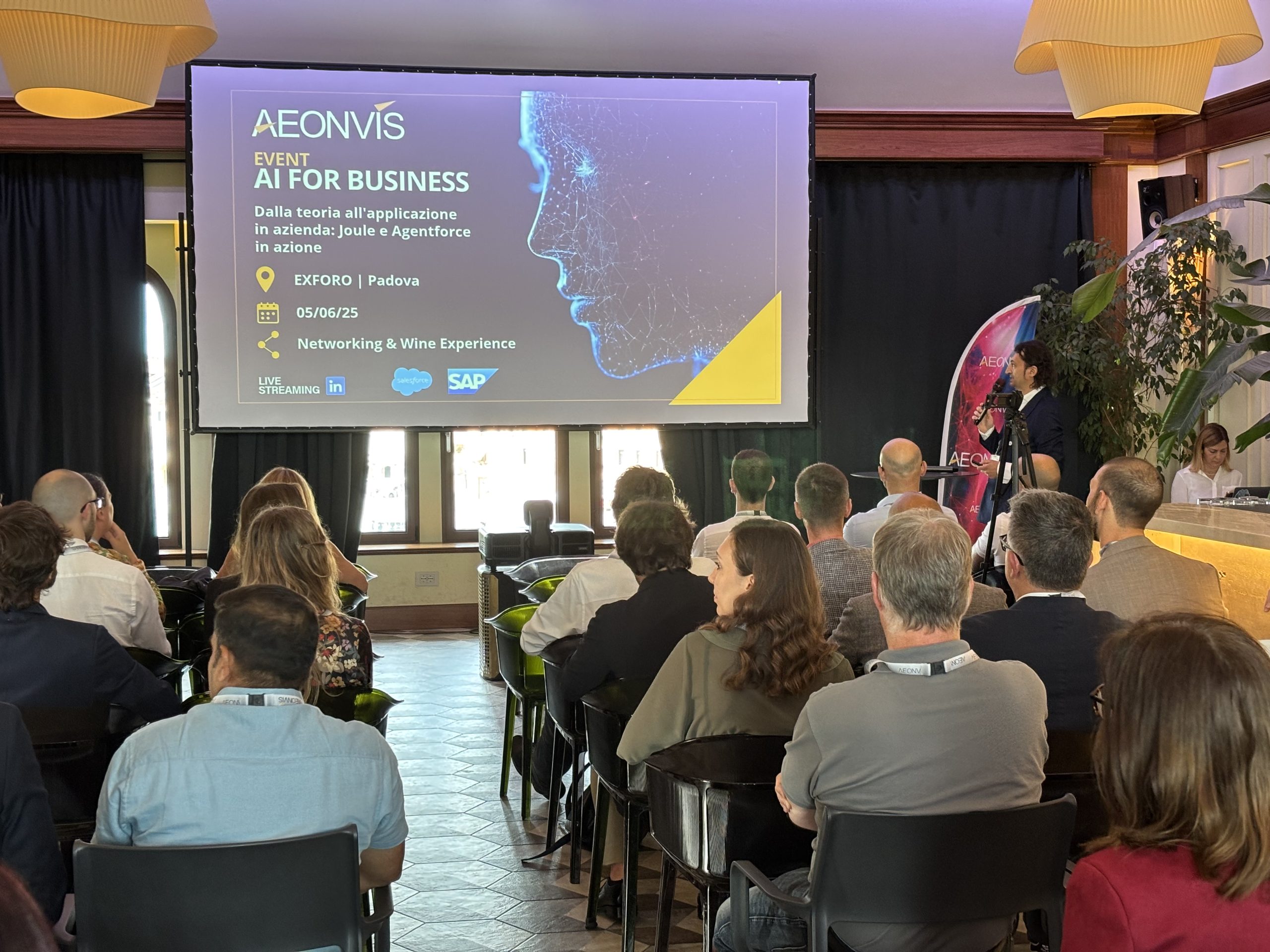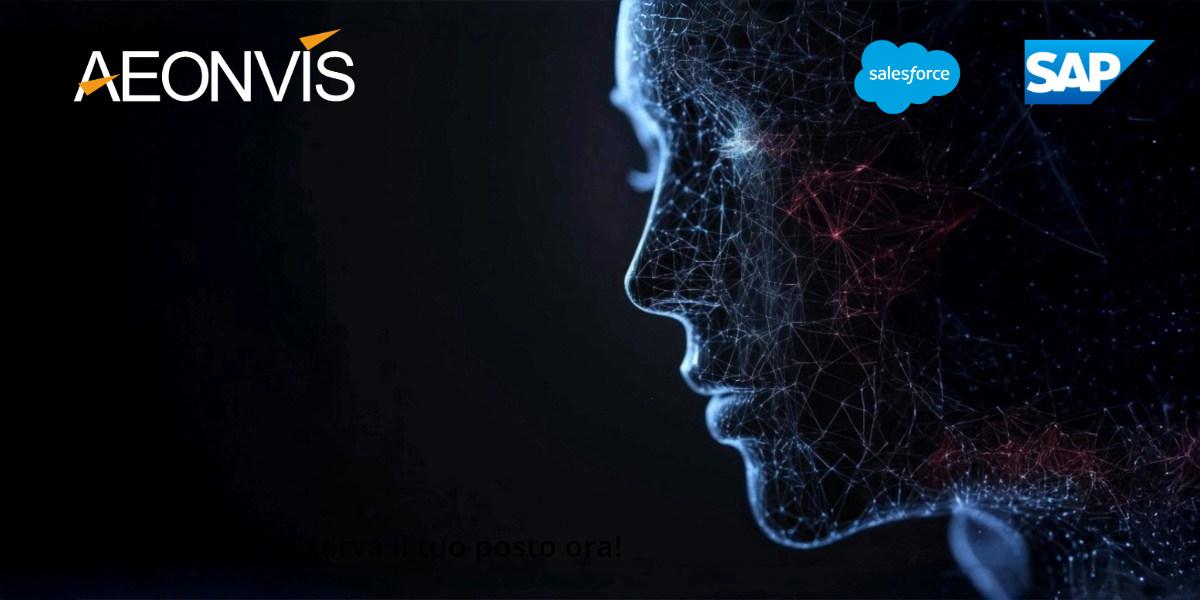Experiencing a unique shopping journey and doing so consistently across different touchpoints is the key to e-commerce today. But, from an omnichannel perspective, how can we enhance the experience lived in the store?
Let’s discover it together!
Marketing automation and retail: digitizing and personalizing the customer experience.

A recent study conducted by IDC on over 7,000 European consumers confirmed that 82% of millennials do not perceive the boundary between the digital and physical worlds. This speaks volumes about how much everything is changing, and how the line between the digital and real worlds is becoming increasingly blurred. It is true that personalizing retail with marketing automation is now a competitive choice. Through virtual reality, chatbots, click & collect services, even the retail world is improving its prospects by focusing entirely on digital transformation, thus interacting much more with the online world.
This is where different physical and digital touchpoints begin to integrate perfectly. One thing that has been observed is a combination of offline and online that is currently quite balanced (trends in this regard indicate a significant shift towards online in the coming years). Consumers move from online product searches to completing the purchase offline, or vice versa, purchasing online and picking up the product at the nearest store. In between, there is and remains the sharing of experiences, using social channels to develop conversations or promote online purchase coupons directly in the store. This particular mix of touchpoints now offers a customer journey that is less predictable but certainly more customizable. The data, as always, is very clear: an omnichannel strategy, one that uses multiple touchpoints with the brand before completing a purchase, proves to be 25% more profitable than traditional purchasing methods.
Marketing automation and retail: the future of the retail world captured in 10 rules.
An increasingly blurred boundary, with the personalization of the customer experience becoming more central, especially in terms of the success of e-commerce thanks to social media, which are able to manage the customer relationship before, during, and after the purchase. Therefore, aligning with the needs of consumers who live between online and offline and offering an integrated shopping experience has become a must today, an essential requirement, especially for the retail world, which sees in its personalization through marketing automation the opportunity to develop its two fundamental aspects: omnichannel and digitalization.
Philip Kotler and Giuseppe Stigliano, in the book “Retail 4.0,” have identified ten fundamental rules that will define retail in the coming years, offering a true glimpse into the future of this ever-evolving world with a clear direction. The 10 rules proposed by these two prominent figures in the marketing landscape confirm this: Be invisible: implement technological solutions aimed at making the customer’s shopping experience increasingly seamless.
Be seamless (senza soluzione di continuità): integrate offline and online channels, eliminating the distinction between in-store and eCommerce customers.
Be a destination: transform the retail space from a sterile environment into a place where increasingly engaging shopping experiences can occur.
Be loyal: establish a relationship of mutual trust to encourage word-of-mouth and foster customer loyalty.
Be personal: personalize the customer’s shopping experience to the point of anticipating their desires and needs.
Be a curator: make your offering truly unique.
Be human: preserve the human element and reestablish the centrality of the individual.
Be boundless: overcome traditional boundaries to offer services accessible in various formats (e.g., click-and-collect, temporary stores).
Be exponential: expand your offering through collaboration with other brands.
Be brave: be courageous and embrace change.
It is evident that in such a context, data analysis and the implementation of omnichannel marketing automation strategies play a crucial role.
But what actions can be implemented to achieve this?
Marketing automation and retail: crafting a winning strategy
With every person, something new comes into the world that has never existed before—something original and unique. (Martin Buber)

To implement an increasingly personalized customer experience strategy, marketing automation and its diverse functionalities come into play. Below are some ideas that could make a difference:
– Drive-to-store campaigns: encourage users accessing the website from specific geographical areas to visit the nearest store by offering promotions and coupon codes.
– Geolocated campaigns: segment users based on their geographical location, sending them personalized emails, messages, or involving them in brand stores through targeted ad campaigns during special initiatives.
– Re-engage users: customers who made purchases in-store should be stimulated with personalized emails offering tailored promotions.
– Use information collected in-store: leveraging the fidelity card, it’s possible to gather as much information as possible about customers, enabling the personalization of both online navigation and purchase experiences.
– Create personalized re-engagement workflows: users visiting the store or requesting quotes and offers can be re-contacted through a customized workflow. Based on their specific requests, you can follow up with those who have shown particular interest in offers or quotes related to a specific product or service.

Increasingly demanding, informed, and aware, today’s consumer is in constant search of experiences that make them feel at the center, experiences that carry the scent of uniqueness—and thus, of freedom. Yet, as we know, the art of becoming oneself is not encouraged by the collective logic that tends toward the uniformity of minds and feelings. These, however, have an innate ability to preserve themselves from chaos, increasingly leaning toward self-affirmation and guiding the mind through a journey of rebirth, a continual celebration of diversity.
This is where personalized messaging, supported by testing phases and the selection of the right tools, transforms every individual into the protagonist of their dreams and desires—ranging from the most tangible to the so-called unattainable. All of this is made possible by creativity and the creation of meaningful experiences, essential for sustaining and promoting business growth.
Stay tuned! More insightful content is on the way, exploring the relationship between marketing automation and retail, as well as the importance of personalizing the customer experience to boost conversions in a digital world that keeps us suspended between online and offline.











